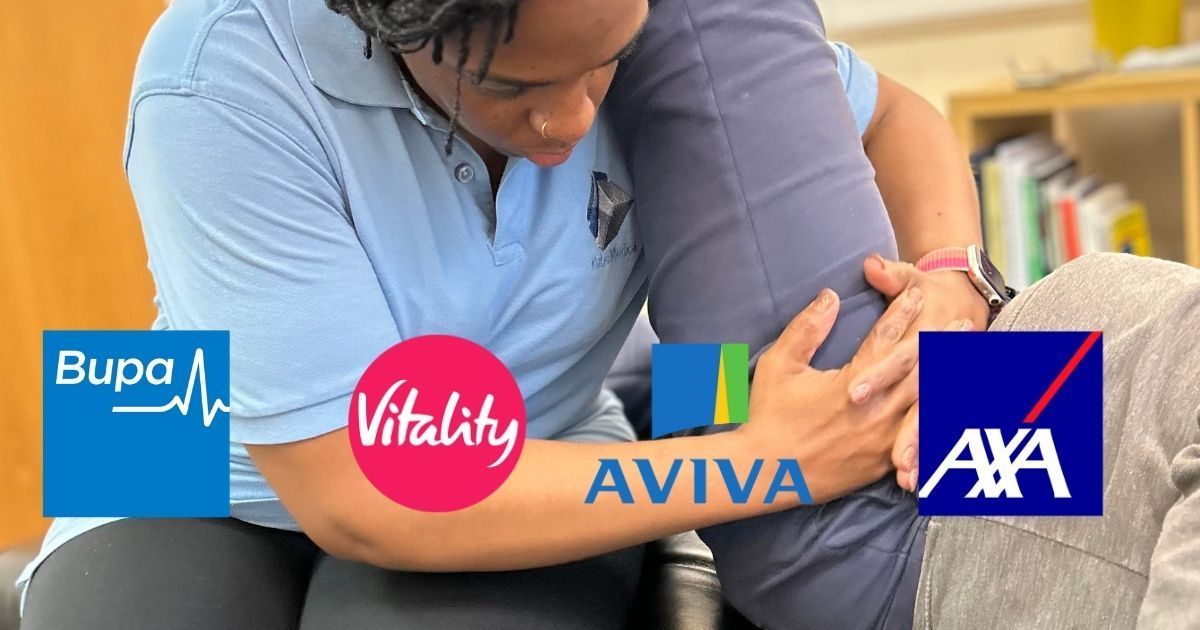Is there a Difference Between Physiotherapy and Physical Therapy?
If you have suffered some injury or illness that has limited your mobility and ability to work or engage in other physical activity, you may have been advised to undergo physical therapy. Physical therapy and physiotherapy are terms that are often used interchangeably so you may be wondering if they mean the same thing. Here we will seek to discern what each one means and how they may differ.
What Is Physiotherapy
Physiotherapy is a holistic treatment used to restore normal movement and function when a person is in recovery from an injury, illness or disability. This treatment can not only help improve a person's physical condition but can also reduce their risk of suffering more injury in future.
Treatments are undertaken by physiotherapists. Physiotherapy is a regulated industry with practitioners required to be properly trained and registered. Physiotherapists will work together with other medical professionals to attain positive outcomes for their patients.
Their work involves guiding and facilitating patients through tailored exercise and physical activity, manual therapy, and providing advice on daily routine, diet, and lifestyle. Depending on the injury or illness, and recommendations of the patient’s physician, they may also provide other alternative therapies like hydrotherapy, transcutaneous electrical nerve stimulations (TENS), acupuncture, osteopathy, and minimal energy techniques (METs)
As a holistic practice, physiotherapy calls for the treatment of the whole body, not just the particularly injured area. Hence the reason many of the exercises they will take patients through may involve movement of the entire body. And why they encourage and educate patients on how to keep an active lifestyle.
What Is Physical Therapy?
Physical therapy is treatment is used to relieve pain conditions, improve mobility, and enable patients to recover normal physical functionality. The goal is to help them return to a state where they can carry out day to day activities with reasonable comfort, allowing them to be independent and enjoy a better quality of life. It is applied to patients that are recovering from injuries and those that may have undergone surgery.
The treatment is focused on establishing the patients' needs and tailoring exercise programs to help them achieve physical goals like improved mobility and flexibility to the affected body parts. This may also be paired with other therapies like ultrasounds, TENS, and the use of ice and heat packs to alleviate pain.
Practitioners are referred to as physical therapists. They are required to have undergone suitable training and acquire licenses to practice. In the US, physical therapists are required to earn a doctorate in physical therapy.
What Is the Difference?
Generally speaking, there is no difference between the terms. They refer to the same range of treatments. The use of the terms may however vary depending on location. In the US, the term physical therapy is more often used, while in other regions like Europe, Canada and Australia, the term physiotherapy is the norm.
However, in the US, when the term physiotherapy is used, it mainly refers to the manual therapy aspect of physical therapy. Manual therapy is focused on the hand-on techniques applied to help manipulate, mobilise, and massage body tissues. This can include practices such as stretching, soft tissue release and joint mobilisations.
This form of therapy is considered more distinct in the US as being more hands-on rather than exercise based. Exercised based approaches focus more on providing patients with instruction on how to perform exercises that will strengthen their muscles, and improve balance, and coordination. Manual therapies are used to relieve a variety of pain conditions. These techniques help to boost blood and lymphatic circulation, improve range of motion and promote better relaxation and sleep.
Benefits of Physiotherapy/Physical Therapy
Depending on the cause of your pain, immobility or other physical disorder, you will likely benefit from undergoing physiotherapy or physical therapy in several ways. The most common benefit is improved pain management. Pain can affect the quality of life and force many people to find relief from medication. This is not an ideal long term solution, hence the benefit of treatments that will reduce this dependency.
You can also benefit from achieving better mobility, balance, and movement. You will be able to carry out daily tasks without the need to rely on others. This independence can be a confidence booster. You can also recover faster from whatever injury, trauma, or surgery you have experienced before.
With better physical conditioning, there is also a reduced risk of suffering a repeat of the same injury. In some cases, those who were not particularly fit before the injury may even end up in better condition thanks to the healthy practices of stretching, exercise, and massage.
Which Practitioner Should You See
Physiotherapy and physical therapy typically refer to the same treatments. In the UK, you will however hear more references to physiotherapy. If there is a distinction to be made you may find when being sent to a physiotherapist, you are subjected to more manual therapies, while a physical therapist focuses on a more exercise-based approach to treatment.
Physiotherapists can be found at most hospitals, clinics, post-surgery facilities, and rehabilitation centres. A patient is likely to be referred to a physiotherapist by their doctor when recovering from a serious injury or surgery. You are more likely to find physical therapists present at such arenas as gyms and rehabilitation centres. They help in recovery from non-life-threatening injuries.
If you find that you are struggling with mobility, flexibility and the ability to carry out daily tasks comfortably, you should consult with your doctor. They will be able to review your medical history and current condition before determining which option of a practitioner is best suited to help in your recovery.











